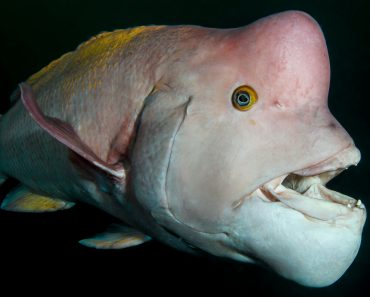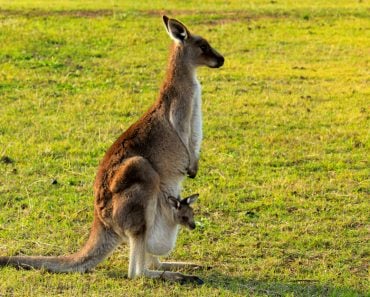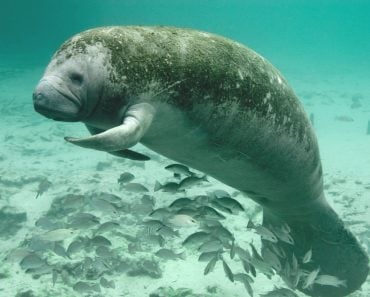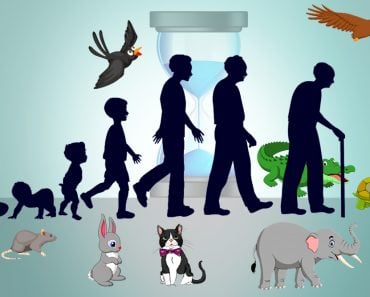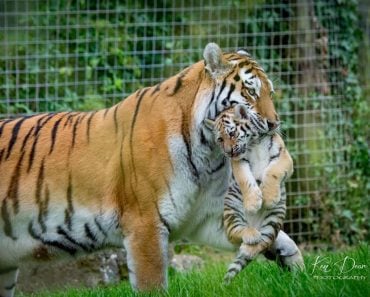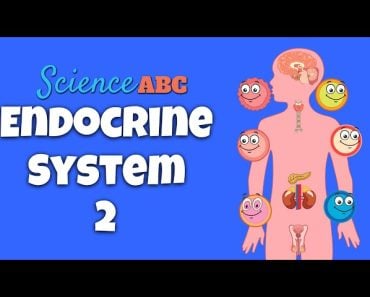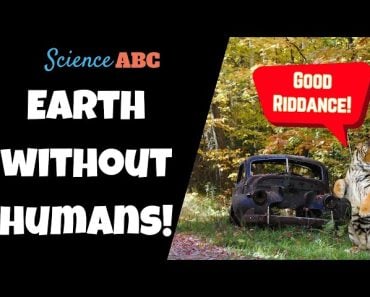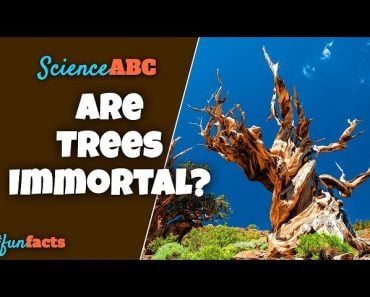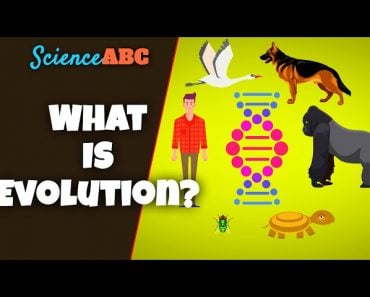Menopause isn’t a common occurrence among animals. Besides humans, only certain cetaceans, such as killer whales, narwals, and belugas experience menopause. Many other animals lose their reproductive ability as they age, and then die.
Reproduction is critical to life. Animals demonstrate their sexual prowess to woo mates, but this fertility and vigor declines as they grow older. Eventually, their reproductive lives end with their demise. Scientists have called this phenomenon ‘reproductive senescence’, and it occurs in the majority of species of the animal kingdom.
However, the above doesn’t sound like a human experience. Humans with ovaries lose the ability to reproduce long before they die. This is referred to as menopause. If an animal were to undergo menopause, it would become incapable of reproducing. Nevertheless, it would still continue to live, even after the onset of its reproductive infertility.
Besides humans, this phenomenon is only seen in one other kind of mammal: marine mammals.
Not even our closest relatives, the great apes and monkeys, go through this major life change!
Recommended Video for you:
Mammals Like Humans And Whales Undergo Menopause
Humans, orcas or killer whales, short-finned pilot whales, belugas and narwhals, are the only creatures in the animal kingdom to undergo menopause.
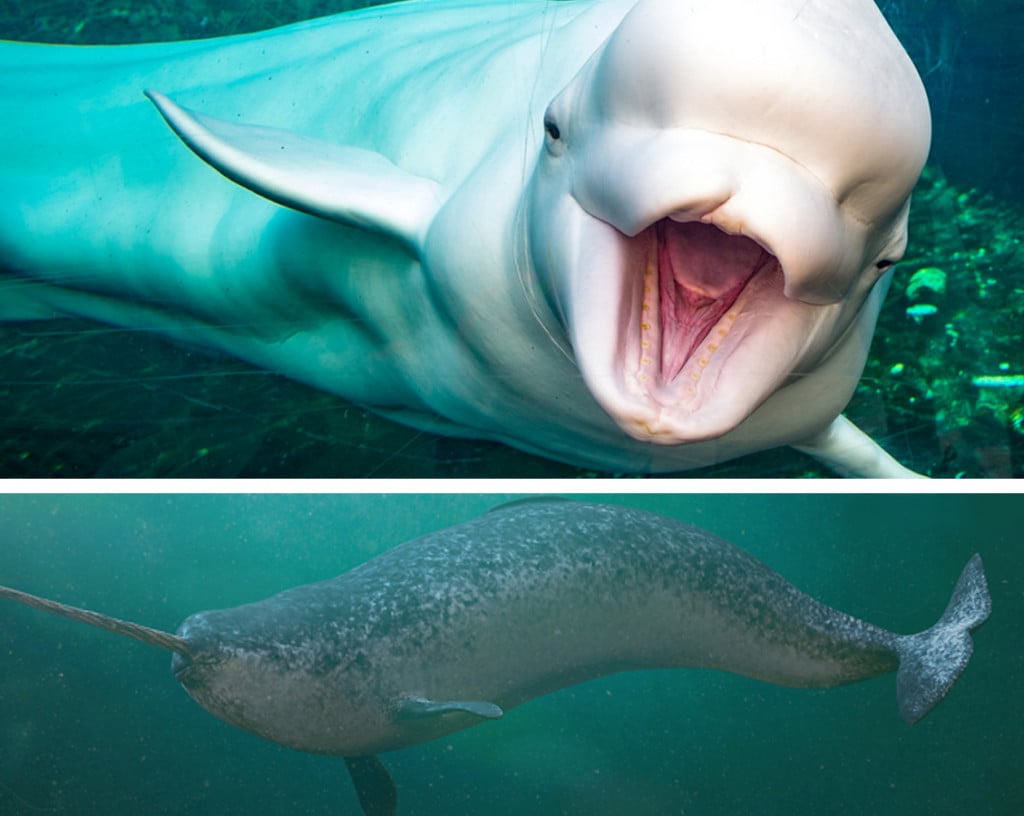
For female orcas, their prime reproductive years range from 12 to 40. After this point, they undergo menopause, but can live for an additional 40-50 years. Similarly, short-finned pilot whale females can bear children from the young age of 7, up to a ripe age of 35. Following menopause, they manage to live for another 30-35 years.
Of the 72 cetaceans (whales and dolphins) studied, scientists recently added narwhals and belugas to the list of mammals that continue to live on after their reproductive lives end. 50% of female narwhals lived past menopause, growing to an average age of 40 years.
As for belugas, more research is needed for a conclusive menopausal age, but natural death studies of beluga carcasses have shown no recent reproductive activity. This might suggest that they can live for quite some time after menopause.
How Was Menopause In Whales Calculated?
Whether an animal is in menopause isn’t always visible. No mammalian foreheads say, “In menopause.” So how did scientists discover which animals undergo menopause?
By studying the anatomy of their ovaries.
Cetaceans also undergo an ovulation phase, just like humans. The egg, before being released from the ovary, undergoes certain changes to form cyst-like structures, which secrete reproductive hormones.
Unlike in humans, these structures do not leave the ovary, and can therefore be viewed and analyzed under a microscope, enabling scientists to determine the age of the ovary. The older the whales get, the longer these cyst-like structures take to form. A pattern of declining ovarian activity was observed as the whales aged.
Therefore, studying ovarian growth patterns of cetacean carcasses provides insight into the reproductive history of whales.
Scientists can also guess the ages of different cetaceans by studying structures like their teeth. Comparing their ovarian development and ages, an estimation of cetacean menopausal stages can be made.
Why Give Up Reproducing?
From a strictly evolutionary standpoint, passing on one’s genes is a life form’s top priority. Giving up on reproducing when an animal can still live longer seems counterproductive, and non-reproducing females are in no way contributing to increasing the number of their offspring. Taking this into consideration, the rarity of menopause makes sense.
However, in the case of humans and whales, non-reproducing females actually play an overall positive role.
The Grandmother Hypothesis
The idea of the grandmother hypothesis is that an older non-reproducing female actually gives the offspring that already exist a better chance at survival.
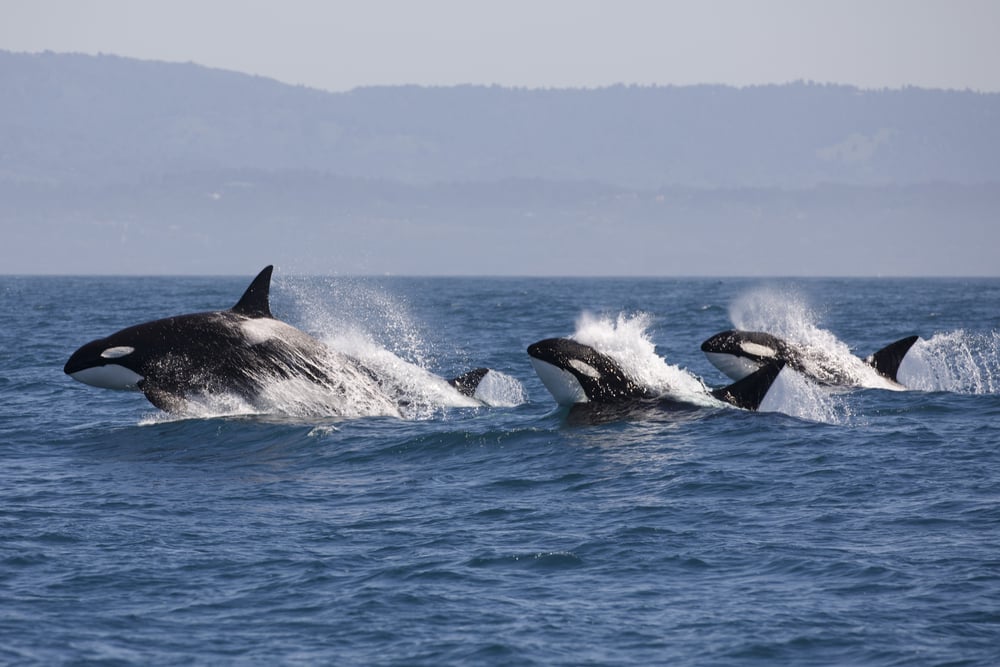
A fascinating example of how grandmother orcas help facilitate their lineage can be seen in how the sharing of salmon is mostly done with her sons. An orca pod led by a grandmother matriarch consists of her immediate family, daughters, daughter’s daughters and so on. Upon sexual maturity, the sons would separate from their pod and head to another pod to look for mates. To increase the number of her son’s offspring, she ensures that her son has ample salmon to feast on; thus, by nursing her son, she indirectly nurses her own lineage.
She refrains from bringing in new young that could very well deplete limited resources, which might be vital in meeting the energy requirements of her offspring’s offspring. Moreover, reproduction is a costly affair. If she were to continue to reproduce, she would personally be competing for resources to nurture her young.
Giving up her reproducibility also allows her to dedicate the time and effort required to bring up the young of her own descendants.
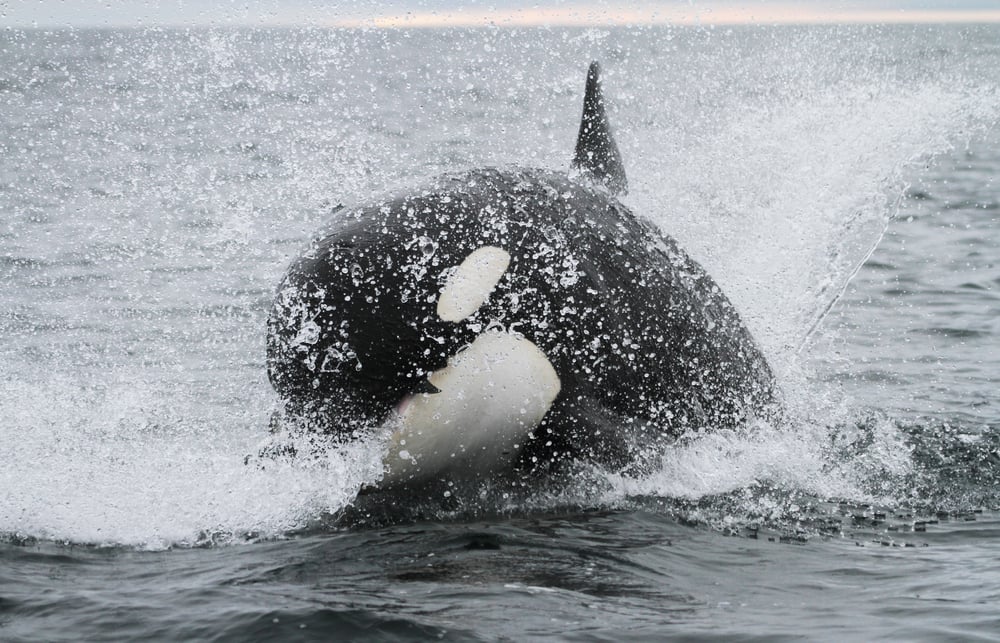
Why Don’t Other Mammals Show Menopause?
It is exceedingly rare for nonhuman primates to stop reproducing within their lifetimes. In a study, four of the seven species of non-human primates did not show an end to their reproductive cycles. Female chimpanzees remain fertile for the majority of their lives. A menopausal stage only begins with the onset of old age, indicating the end of their life spans. It is interesting to note that both humans and chimps face a cessation of fertility at about the same age of 50-60 years. What differs, however, is that chimps die at this stage, whereas human females often live for a few more decades.
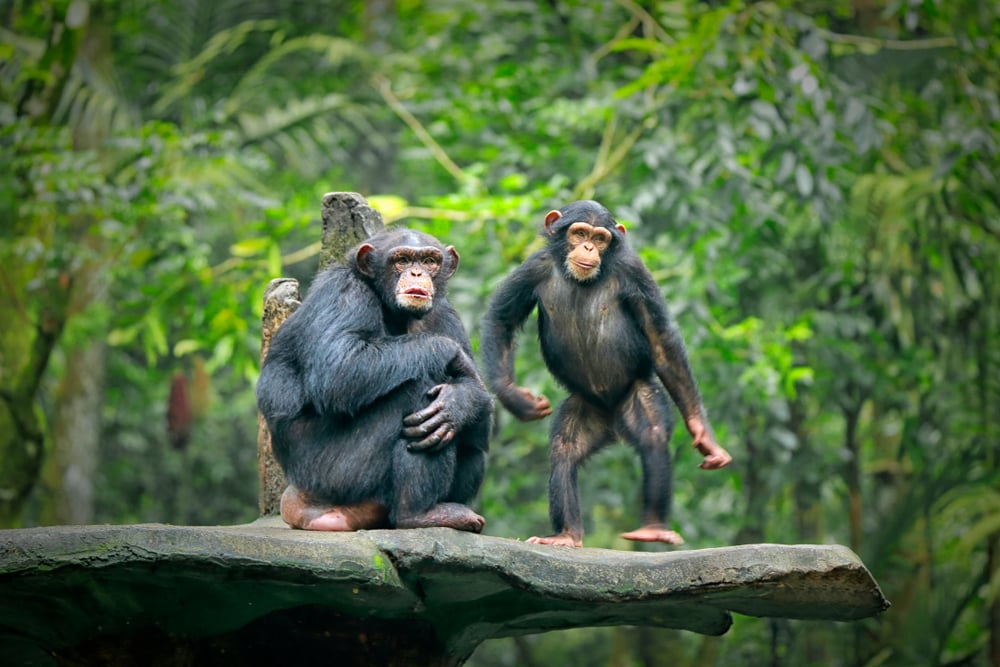
If the largest aquatic mammal can undergo menopause, what hinders the largest land mammals from doing so? The answer lies in how the families of these two communities are constructed. In elephant groups, the young males (10-20 years) will bid goodbye to the group they were born into. Because of this, the female matriarch, who leads a group of other female elephants (who will stay together forever), does not grow to become more related to other individuals in the herd. This frees her of the obligation to take care of the herd, by reducing her share of resources through giving up her reproductive abilities.
A Final Word
The non-ideal situation of menopause from an evolutionary perspective is a testament to the fact that most animals do not undergo cessation in their reproductive cycles. If and when they do, their lives also come to an end. However, the grandmother hypothesis helps us understand why going through menopause can actually be beneficial for those species with a structure of family that is similar to what we see in our societies.
It is indeed surprising to see how some whales have evolved to resolve reproductive conflicts within their families, learn to co-operate, and sacrifice their power to reproduce for the greater good.
References (click to expand)
- Croft, D. P., Johnstone, R. A., Ellis, S., Nattrass, S., Franks, D. W., Brent, L. J. N., … Cant, M. A. (2017, January). Reproductive Conflict and the Evolution of Menopause in Killer Whales. Current Biology. Elsevier BV.
- Menopausal killer whales are family leaders | Science | AAAS - www.science.org
- Adult Killer Whales Need Their Mamas | Science | AAAS. Science
- Brent, L. J. N., Franks, D. W., Foster, E. A., Balcomb, K. C., Cant, M. A., & Croft, D. P. (2015, March). Ecological Knowledge, Leadership, and the Evolution of Menopause in Killer Whales. Current Biology. Elsevier BV.
- Wright, B. M., Stredulinsky, E. H., Ellis, G. M., & Ford, J. K. B. (2016, May). Kin-directed food sharing promotes lifetime natal philopatry of both sexes in a population of fish-eating killer whales, Orcinus orca. Animal Behaviour. Elsevier BV.
- Herndon, J. G., Paredes, J., Wilson, M. E., Bloomsmith, M. A., Chennareddi, L., & Walker, M. L. (2011, December 22). Menopause occurs late in life in the captive chimpanzee (Pan troglodytes). Age. Springer Science and Business Media LLC.
- Alberts, S. C., Altmann, J., Brockman, D. K., Cords, M., Fedigan, L. M., Pusey, A., … Bronikowski, A. M. (2013, July 29). Reproductive aging patterns in primates reveal that humans are distinct. Proceedings of the National Academy of Sciences. Proceedings of the National Academy of Sciences.
- Ellis, S., Franks, D. W., Nattrass, S., Currie, T. E., Cant, M. A., Giles, D., … Croft, D. P. (2018, August 27). Analyses of ovarian activity reveal repeated evolution of post-reproductive lifespans in toothed whales. Scientific Reports. Springer Science and Business Media LLC.

